Bill Would Require Collision Avoidance Systems as Standard in New Cars
The U.S. Senate’s Committee on Commerce, Science, and Transportation is considering legislation that would require U.S. auto regulators to include collision-avoidance system information in new car safety ratings. U.S. Sens. Dean Heller, R-Nev., and Ed Markey, D-Mass., proposed “The Safety Through Informed Consumers Act” (S.1535) on June 10, along with U.S. Reps. Todd Rokita, R-Ind., and Earl Blumenauer, D-Ore., as Todd Spangler reports for the Detroit Free Press.
At around the same time, the National Transportation Safety Board (NTSB) suggested that collision avoidance technology become standard equipment for all new vehicles, writes Michael Strong for The Detroit Bureau. Although collision avoidance systems are not factored into vehicle safety ratings, the National Highway Traffic Safety Administration (NHTSA) “does identify vehicles with those options in its ratings system,” Strong writes.
Strong quotes Markey as saying that consumers depend on the five-star rating system displayed on the windows of new vehicles. “Today’s five-star safety rating system only tells them how safe they are in the vehicle once a crash occurs, ignoring any features like collision warning and automatic emergency braking, that can help avoid that crash in the first place,” Markey said.
Earlier in June, NTSB Chairman Christopher A. Hart said it is important that consumers are not charged extra for collision avoidance systems. “You don’t pay extra for your seat belt. And you shouldn’t have to pay extra for technology that can help prevent a collision altogether,” Hart said in an NTSB statement.
The NTSB released a 60-page report on the benefits of collision avoidance technology, Strong writes. According to that report, more than 80% of the 1,700 traffic deaths and the 500,000 injuries from the 1.7 million rear-end collisions in 2012 could have been prevented or lessened if all new cars had collision avoidance systems as a standard feature, Strong writes.
Only four out of 684 2014 passenger vehicle models had a complete forward collision avoidance system as a standard feature, the NTSB writes. When such systems are offered as options, they are often bundled with non-safety features in packages that are expensive, the NTSB adds. Hart said in the statement that too often inaction on providing new technology has been justified by people arguing that better safety systems are coming. “Because there will always be better technologies over the horizon, we must be careful to avoid letting perfection become the enemy of the good,” Hart said.
Prior to the introduction of S. 1535, the Alliance of Automobile Manufacturers said that consumers should be the ones to decide how to spend their money on such systems, as options, Spangler writes. The Alliance is an industry group of 12 vehicle manufacturers, including BMW Group, Fiat Chrysler Automobiles, Ford Motor Company, General Motors Company, Jaguar Land Rover, Mazda, Mercedes-Benz USA, Mitsubishi Motors, Porsche, Toyota, Volkswagen Group of America, and Volvo Cars North America.

